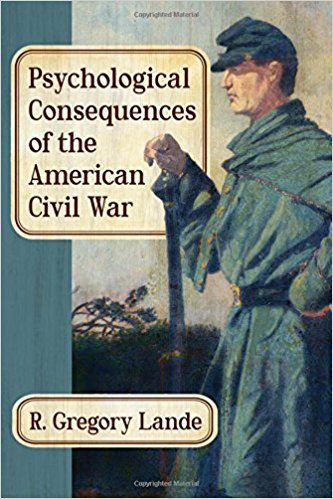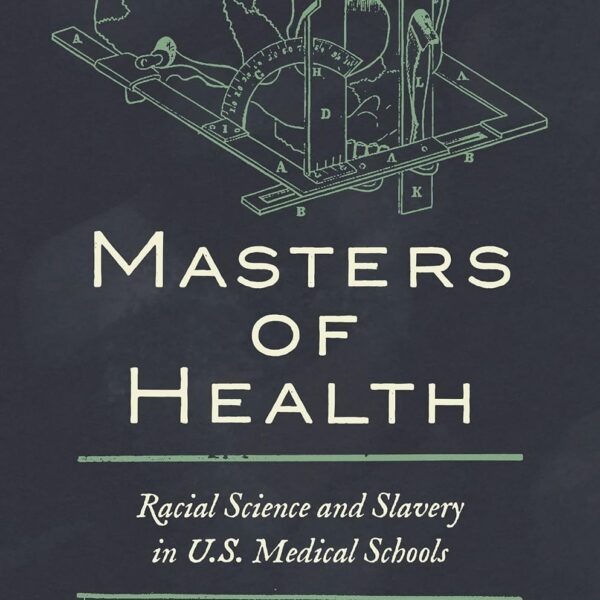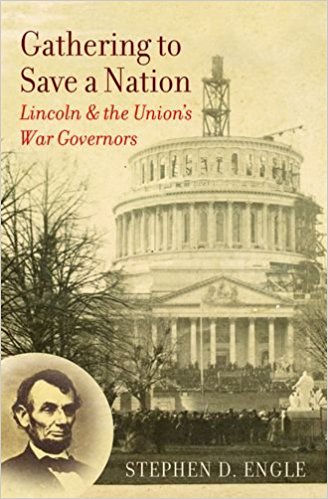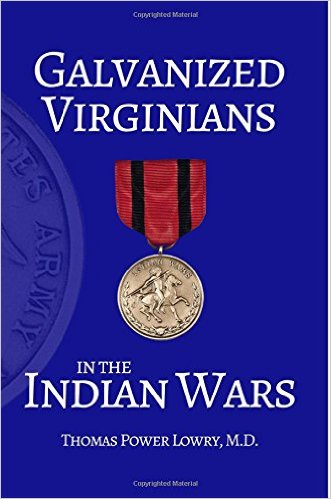Psychological Consequences of the American Civil War by R. Gregory Lande. McFarland & Company, 2016. Paper, ISBN: 978-1476667379. $34.98.
 The last ten years have been marked by a surge in historical interest regarding the emotional costs of the American Civil War. In large part, this trend has been influenced by the struggles of soldiers returning from contemporary conflicts in the Middle East. Important works like David Silkenat’s Moments of Despair (2011) and Brian Matthew Jordan’s Marching Home (2015) have demonstrated that the war did not end at Appomattox, but instead continued to be fought in the minds of Americans well into the early twentieth century. In Psychological Consequences of the American Civil War, R. Gregory Lande adds another volume to this burgeoning subfield. He argues that the post-Civil War American experience was an amalgamation of “sharp slivers of despair, quixotic searches for consequence, and enduring periods of misery, mayhem, and malevolence” (11). Lande delivers a succinct, introductory volume on the emotional toll wrought by the Civil War on civilians and soldiers alike.
The last ten years have been marked by a surge in historical interest regarding the emotional costs of the American Civil War. In large part, this trend has been influenced by the struggles of soldiers returning from contemporary conflicts in the Middle East. Important works like David Silkenat’s Moments of Despair (2011) and Brian Matthew Jordan’s Marching Home (2015) have demonstrated that the war did not end at Appomattox, but instead continued to be fought in the minds of Americans well into the early twentieth century. In Psychological Consequences of the American Civil War, R. Gregory Lande adds another volume to this burgeoning subfield. He argues that the post-Civil War American experience was an amalgamation of “sharp slivers of despair, quixotic searches for consequence, and enduring periods of misery, mayhem, and malevolence” (11). Lande delivers a succinct, introductory volume on the emotional toll wrought by the Civil War on civilians and soldiers alike.
Lande leverages his psychiatric experience working with veterans of recent conflicts at the Walter Reed Army Medical Center in analyzing Civil War-era newspapers, periodicals, medical journals, census records, and soldiers’ letters. The author’s medical expertise allows him to illustrate clearly and elegantly individuals’ mental anguish in the wake of the war. Lande’s evidence highlights seven trends in post-war behavior resulting from the trauma of the conflict. He delivers a chapter each on suicide, spiritualism, religion, alcoholism, crime, patent medicines, and medical therapeutics.
Lande’s chapter on post-war suicide is particularly revealing. He argues that a rise in suicide rates was an issue that the American public was unable to ignore. In illuminating this argument, he utilizes suicide-related census data. To his credit, Lande moves beyond problematic quantitative mortality data to integrate anecdotal accounts from Confederate soldiers who attempted to escape their combat-related demons through suicide.
In Chapters Two and Three, Lande raises new questions about the impact of the Civil War on religious faith and the growth of spiritualism. Lande links a postwar loss of faith to the tremendous carnage cause by the war; the rise of spiritualism, he suggests, was a search for answers in the face of hardship, as families sought to reconnect with lost loved-ones. According to the author, spiritualism was filled with empty promises for Americans seeking to make sense of the war’s carnage.
Reconstituting a popular phrase of newspapermen between 1865 and 1875, Lande dedicates parts of Chapter Four and all of Chapter Five to the “Carnival of Crime,” the massive crime-wave that swept the country at the close of the war. He asserts that this rise in violence was caused by the emotional reactions to wartime trauma of men returning from the battlefields “with all their scars, physical and psychological” (142). Thus, Lande draws a link between the grim experiences of combat and post-war violence. In one example, he connects the violent post-war actions of a murderous veteran, Pryor N. Coleman, to the trauma of his wartime experience as a Union Cavalryman. Such anecdotes are useful, but here Lande might have extended the chapter to include material about racial violence by the likes of the Ku Klux Klan. Such groups were comprised (at least in part) of potentially traumatized veterans seeking to reassert their racial dominance, both North and South, through the use of violence.
The most important contribution to our understanding of post-war trauma is Lande’s discussion of patent medicines in Chapter Six. He argues that the growth in popularity of so-called “cure-alls” can be taken as indirect proof that mental disorders became a new and significant concern for American’s during the latter third of the nineteenth century. In an extended anecdote about an 1880 advertisement for Carter’s Little Nerve Pills, Lande illustrates that digestive issues were considered a direct cause of excitability, which could lead to insanity. Lande concludes that advertisements for such medicines—developed by drug manufacturers and peddled by salesmen intending to make money rather than to heal patients—promised relief, but did not deliver. For Lande, the marketing of medicines portending to cure nervousness suggests that “emotional disorders progressively became primary targets for treatment, bringing into focus the psychological consequences of the war” (192).
Lande turns his attention in the final chapter to actual therapeutics. He asserts that “medical practice had lost its luster during the Civil War and sought to restore the sheen through science, ushering in a renaissance of professional integrity” (193), disagreeing with recent work by Margaret Humphreys who, in Marrow of Tragedy [2013], argues that the war advanced the dissemination of medical ideas.
While Lande unearths some fascinating anecdotes of what seems to be evidence of combat-related trauma, the inclusion of material from asylums, military hospitals, and soldier’s homes would have made these connections more potent. Indeed, within a book entitled Psychological Consequences of the American Civil War, one would expect to find references to medical history. Such a gross omission illuminates the important work that still needs to be done on the post-war mental health of veterans. Yet in the end, this new monograph is a step in the right direction, as Lande offers a welcome précis of the social struggles of post-Civil War America that will appeal to a wide range of readers interested in the conflict.
Bradford Pelletier completed his M.A. in History at the College of Charleston.




